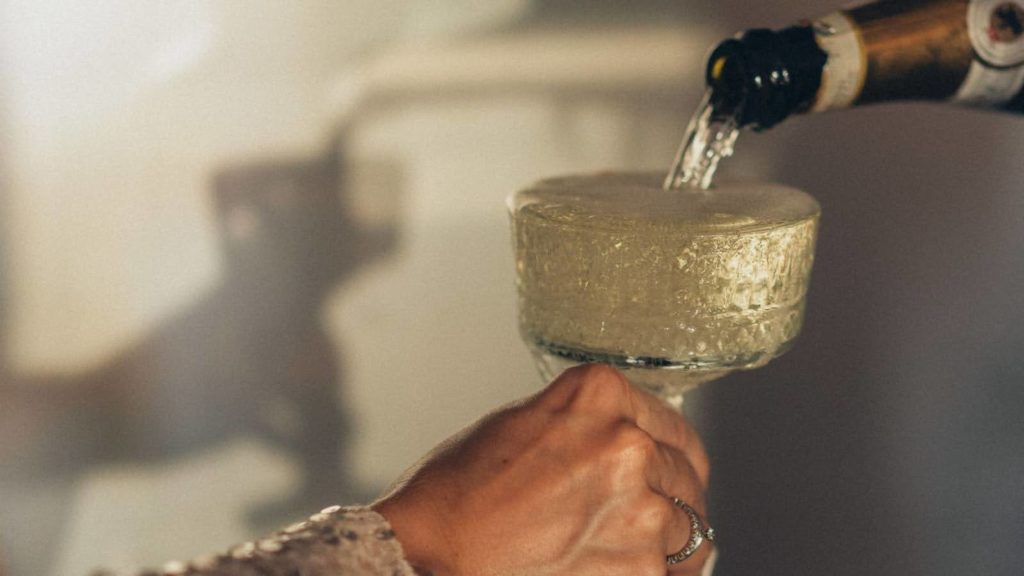
In 2025, champagne—the gold standard of celebration—is undergoing a cultural and commercial reinvention. Once reserved for royal weddings, black-tie galas, and milestone toasts, champagne is now showing up in casual brunches, game nights, rooftop yoga sessions, and even alcohol-free wellness rituals. From the vineyards of Épernay to rooftop lounges in Seoul, the sparkling wine’s global identity is expanding—flavorfully and fearlessly.
Champagne sales hit record highs in 2024, and 2025 is shaping up to continue the momentum, driven by emerging markets like India, South Korea, Nigeria, and Brazil. What’s changed? For one, these regions are experiencing a luxury boom powered by younger, upwardly mobile consumers who associate champagne not with tradition, but with taste, status, and celebration in everyday life.
The Champagne Committee (Comité Interprofessionnel du Vin de Champagne) recently released a press release noting that over 20% of global champagne growth now comes from non-European countries, a trend unseen a decade ago. Urban centers like Lagos, Mumbai, and Seoul are now considered strategic markets for major Maisons like Moët & Chandon, Veuve Clicquot, and Dom Pérignon.
Forget the outdated notion that champagne is only for New Year’s Eve or weddings. Today’s younger consumers are embracing “micro-celebrations”—cheers for completing a work sprint, winning a group game, or surviving a tough week. On TikTok and Instagram, the hashtag #ChampagneEveryday is buzzing with influencers sipping bubbly while unboxing packages, journaling, or hosting game nights at home.
What’s driving this shift?
- Casual luxury: Sparkling wine is seen as a way to elevate the ordinary without being out of reach.
- Experience over excess: Consumers are opting for fewer, better moments—including drinks.
- Gamified social rituals: From sparkling wine tastings at game cafés to champagne pong at upscale house parties, champagne is becoming part of the fun, not just the toast.
The rise in mindful drinking has sparked demand for low- and no-alcohol sparkling wines, and the champagne industry is responding. Brands like Le Petit Chavin, French Bloom, and Oddbird are producing alcohol-free bubbly with complex flavors and refined branding aimed at wellness-first consumers.
What was once a niche for pregnant guests or designated drivers is now a thriving sector, especially among millennials who prioritize health without sacrificing social connection. Expect to see non-alcoholic champagne prominently featured at daytime wellness retreats, yoga brunches, and even corporate events.
Climate change has become both a threat and an unexpected catalyst for transformation in the Champagne country. Warmer temperatures are altering harvest timelines and grape profiles, prompting vintners to experiment with:
- Earlier harvests and new blending techniques
- Biodynamic and organic farming
- Reduced water use and solar-powered cellars
Producers like Champagne Telmont and Ruinart have taken center stage in sustainability with transparent sourcing and carbon-neutral logistics, setting new industry benchmarks. Telmont’s “In the Name of Mother Nature” campaign, outlined in their latest press release, includes the bold goal of eliminating air freight entirely by 2026.
To appeal to younger palates and global markets, champagne houses are releasing creative blends and collaborations, including:
- Vintage-meets-modern branding redesigns
- Sparkling rosé with elderflower hints or yuzu infusions
- Crossover collections with luxury fashion and perfume brands
- Game-inspired packaging (e.g., bottles resembling retro arcade themes or chess motifs for limited series)
These limited releases often sell out within days, fueled by influencer unboxings and pre-order games that turn champagne shopping into a digital sport.
In the next five years, expect to see:
- Champagne vending machines at luxury co-working spaces
- AR apps that pair your dinner with the right bubbly
- Pop-up sparkling wine tastings at fashion and gaming expos
- Champagne brands sponsoring esports and lifestyle podcasts
In short, champagne is no longer just a drink—it’s becoming a lifestyle choice embedded into fashion, wellness, entertainment, and personal milestones. And with climate-aware production and diverse offerings from $20 to $2,000 a bottle, it’s more accessible—and more expressive—than ever before.
